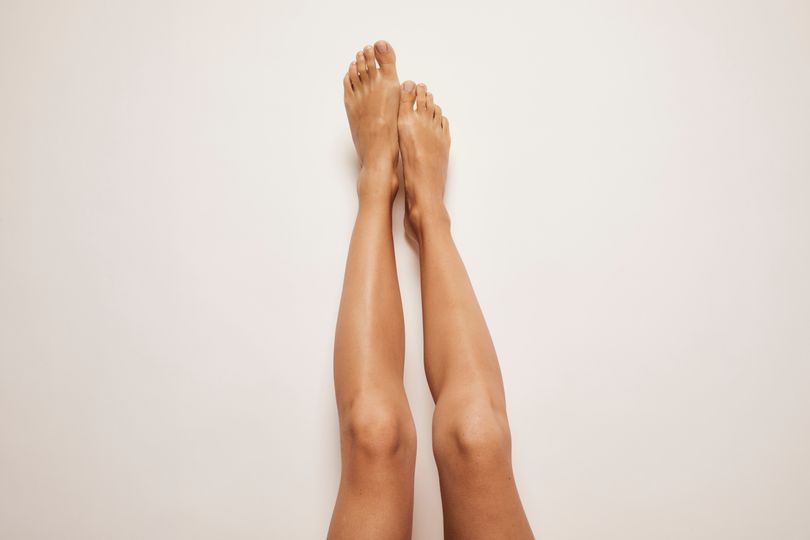Ingrown Hairs: Removal and Prevention
By Jennie Waeland, May 15 2020

When it comes to hair removal, we can all agree that ingrown hairs are not something that we want in the equation. They can be painful, uncomfortable and even make us feel self-conscious. However, there are ways to prevent and treat them in order to keep your skin smooth and painless and make the whole experience of hair removal a lot better for you.
What are ingrown hairs?
Ingrown hairs are a result of your body hair growing and curling back into your skin. This can then result in itchy, raised red spots on your skin. Similar to razor burn.
In worse cases, these ingrown hairs can become infected and turn into cysts. These cysts can be painful and become infected.
What causes ingrown hairs?
Ingrown hairs are more likely to occur in areas that you shave – such as armpits, chin and neck, legs and bikini line. You have more chance of getting ingrown hairs if you have coarse or curly hair. They can also be caused by plucking, threading and waxing.
How can I treat and prevent ingrown hairs?
Exfoliate
Exfoliating is the process of removing dead skin cells and unwanted oils from your skin. If you do not exfoliate, your pores can become clogged and dirty. The same goes for your hair follicles. Once they become clogged, you have more chance of getting ingrown hairs. Once or twice a week is a good amount to exfoliate. Any less and the dead skin will build up, alternatively over-exfoliating can irritate your skin.
Exfoliating and moisturising will ensure that your skin is smooth and soft. There are many great body and face scrubs on the market, such as The Body Shop Wild Argan Oil Exfoliating Scrub and Aesop Geranium Leaf Body Scrub. You can also buy loofahs, buffers and brushes tailored for exfoliating your skin. In contrast, you can also make your own exfoliators from products found in your cupboards such as sugar and coffee.
Try waxing
Shaving is the main cause for ingrown hairs, as the hair follicle is cut at the surface of the skin, rather than the entire follicle being pulled out entirely. Alternatively, waxing allows the whole hair to be removed, leaving your skin hairless and smooth. If you would rather stick with shaving, ensure that your razor is sharp not blunt as this can affect the quality of the shave.
Body brushing
Body brushing has become popular in recent years. Not only does it reduce the appearance of cellulite, but it improves circulation and cell renewal. This allows the skin to look replenished and the ingrown hairs to eventually grow out.
Shave in the right direction
When shaving, make sure that you are shaving in the direction that the hairs are growing. This will help even out the shave, and create a closer shave.
Bathe your skin in warm water before hair removal
Water is always essential when shaving. Many of you will have experienced dry shaving when you are in a rush or have forgotten to shave. This can be painful and cause razor bumps and ingrown hairs. Warm water and steam helps to open up pores and hair follicles, allowing the hair to be removed a lot easier as the skin is a lot softer.
However, as tempting as it may be, avoid picking or tweezing your ingrown hairs as this will cause more irritation. It is important that your shower or bath isn’t too hot as this can make your hair porous, brittle and more prone to breakage.
These ways are effective for preventing and treating your ingrown hairs and calming your skin. However, if you have developed a painful, infected cyst on your ingrown hair or have other symptoms such as a temperature, it is important to seek advice from your GP.


